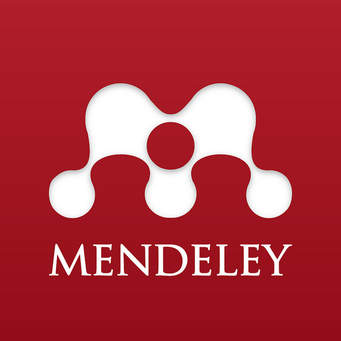Kajian Sifat Organoleptik Dan Kadar Air Selai Daging Kulit Pisang Kepok (Study Of Organoleptic Properties And Water Content Banana Kepok Peel Flesh Jam)
Abstract
Background. Bananas are tropical fruits are the most widely produced and use by the people of Indonesia. Banana peel to produce large volumes of waste. In general, the banana peel is part of bananas that are usually discarded as waste that is not utilized and discarded banana peel just as organic waste. Nusa Tenggara Barat (NTB) is the largest banana production region, mainly on the production of bananas kepok reached 58 684 tonnes in 2013 (BPS 2014). Banana peel has a high nutritional value, especially on the banana peel that has meat kepok thicker peel than other meats banana peel. Kepok banana peel contains several elements such as water (68.90 grams), carbohydrates (18.5 grams), fat (2,11gram), and protein (0.23 g). Banana peels contain carbohydrates that can be used as an energy source and can be processed or developed into economically valuable products, one of which is processed into jam.
Objective. To identify the organoleptic properties (taste, aroma, color, and topical nature) and water content banana peel jam.
Research Methods. Design studies using experimental studies (Trial) completely randomized design (CRD) with one factor, namely the addition of sugar consisting of five treatments with a percentage of 5%, 20%, 35%, 50%, and 65%. Each treatment was repeated 3 times. Data were analyzed using Analysis of Variant (One Way ANOVA) was followed by Duncan test.
Research Result: The addition of sugar did not significantly affect the smell of kepok banana peel jam (p> 0.05), but the real impact on color, flavor, and the topical nature of the kepok banana peel jam (p <0.05). Peanut butter banana peel meat kepok with t3 treated (35%) and t4 (50%) preferred in terms of color, taste, and topical nature of the scale value approaching love. While the terms of the smell of all treatments reached values by category rather like. The treatment that meets the standards seen from water level is at t4 treatment (50%) with a water content 32.39%.
Keywords
Full Text:
PDFReferences
Badan Pusat Statistik. 2014. Nusa Tenggara Barat dalam Angka. Badan Pusat Statistik : Nusa Tenggara Barat
Badan Standardisasi Nasional. 1995. Selai Buah. SNI 01-3746-1995. Badan Standarisasi Nasional : Jakarta.
De Man, JM. 1997. Kimia Makanan Edisi Ke 2. Bandung : Penerbit ITB.
Fachruddin, L. 1998. Teknologi Tepat Guna Membuat Aneka Selai. Yogyakarta : Kanisius.
Matondang, Zulkifli, Mimi Nurminah. 2014. Studi Pembuatan Selai Kulit Pisang Barangan.Ilmu dan Teknologi Pangan Fakultas Pertanian USU Medan. Dalam jurnal.usu.ac.id. Diakses pada tanggal 7 Oktober 2014 pukul 18.35 wita.
Soekarto, Soewarno T. 1990. Dasar-Dasar Pengawasan Dan Standardisasi Mutu Pangan. Bogor : Institut Pertanian Bogor (IPB).
Sundari, D. 2010. Teknologi Pangan. ejournal.litbang.depkes.go.id. Diakses pada tanggal 9 Oktober 2014 pukul 17.43 wita.
Winarno, F.G. 2004. Kimia Pangan dan Gizi. Jakarta : PT. Gramedia Pustaka Utama.
DOI: https://doi.org/10.32807/jgp.v2i1.86
Refbacks
- There are currently no refbacks.
Copyright (c) 2019 Jurnal Gizi Prima

This work is licensed under a Creative Commons Attribution-ShareAlike 4.0 International License.
Address:
Jurnal Gizi Prima (Prime Nutrition Journal) 2656-2480 Kampus A Poltekkes Kemenkes Mataram, Jurusan Gizi, Jl. Praburangkasari Dasan Cermen Sandubaya Mataram.





